Harness the Sun: A Homeowner’s Guide to Solar Powered Air Conditioning
Picture this: cutting down your air conditioning bills by letting the sun do the heavy lifting. With solar powered air conditioning, this isn’t just wishful thinking—it’s happening now. As energy prices climb and we all get a bit more eco-conscious, folks are leaning towards solar to keep their homes cool without breaking the bank.
Solar powered ACs use sunlight to cool your home, easing off the traditional electricity grid. It’s a clever mix of photovoltaic cells and solar thermal collectors that turns sunshine into a cool breeze. Plus, the long-term savings and potential government incentives make it a win-win.
In this guide, we’ll dive into how solar ACs work, their perks, and a few bumps you might encounter. Whether you’re thinking about installing one or just curious, I’m here to help you navigate this sunny solution.
What is Solar Powered Air Conditioning?
Solar powered air conditioning is a game-changer in the world of cooling, tapping into the sun’s energy to keep your home comfy. It’s like having a little slice of sunshine working to keep you cool. This nifty technology uses solar energy, a renewable and sustainable resource, to power your air conditioning system. It’s a greener choice compared to those old-school units that guzzle electricity from fossil fuels.
Now, how does this magic happen? Well, there are two main tricks up its sleeve: photovoltaic (PV) conversion and solar thermal energy. With photovoltaic cells—those solar panels you see on rooftops—sunlight is captured and turned into electricity. This electricity can then power your standard air conditioning unit, making it a seamless and efficient way to cool down.
On the flip side, solar thermal collectors take sunlight and convert it into thermal energy. This thermal energy then drives the cooling process, offering a different route from the usual electricity-based systems. Both methods show just how flexible and adaptable solar powered air conditioning can be, fitting into all sorts of homes and buildings.
By using these technologies, solar powered air conditioning systems help cut down on grid dependency. They also lead to big energy savings and a smaller carbon footprint. This makes them a smart choice for homeowners and businesses looking for sustainable and cost-effective ways to stay cool.
How Solar Powered Air Conditioning Works
Solar powered air conditioning systems are like a breath of fresh air in the world of cooling. They cleverly harness the sun’s energy, offering a sustainable way to keep your home comfortable. During the day, these systems run directly on the DC power generated by photovoltaic (PV) arrays. If you’re interested in maintaining your HVAC system, you might want to learn about how to pump down a split system. This direct connection to solar energy skips the need for gadgets like inverters or batteries, making the whole process smoother and more energy-efficient.
Now, what happens when the sun decides to take a break? No worries! Solar powered air conditioners are smart enough to switch over to AC power from the grid without missing a beat. This dual power capability ensures that your home stays cool and comfy, rain or shine. The transition is so seamless that you might not even notice it happening, allowing for reliable operation no matter what the weather throws your way.
For those of you looking for even more flexibility, hybrid systems are a fantastic option. These systems can juggle both AC and DC power, optimizing energy use based on what’s available and needed. By combining the strengths of both power sources, hybrid solar air conditioning systems offer a balanced approach to energy efficiency and reliability, making them a great choice for a variety of applications.
The Role of Photovoltaic Cells
Photovoltaic cells are the unsung heroes in solar powered air conditioning systems. They take sunlight and turn it into electricity that your AC unit can use. This magic happens through a process called the photovoltaic effect, where photons from the sun get absorbed and create an electrical current. Pretty neat, right?
Now, why does this matter? Well, when your air conditioner runs on solar power, you’re not just keeping cool; you’re also cutting down on your electricity bills and doing a solid for the environment. These cells let your AC work without pulling energy from the grid during the day, which means less reliance on traditional power sources.
Here’s where it gets even better. By using photovoltaic cells, you’re promoting energy independence. Imagine not having to worry about rising electricity costs or power outages. Plus, it’s a win for your wallet and the planet. Lower energy bills and a smaller carbon footprint make these cells a smart choice for anyone looking to go green with their cooling needs.
Incorporating photovoltaic cells into your air conditioning system is like having a little power plant on your roof. It’s a practical step towards a more sustainable future, and it aligns perfectly with the increasing demand for eco-friendly energy solutions.
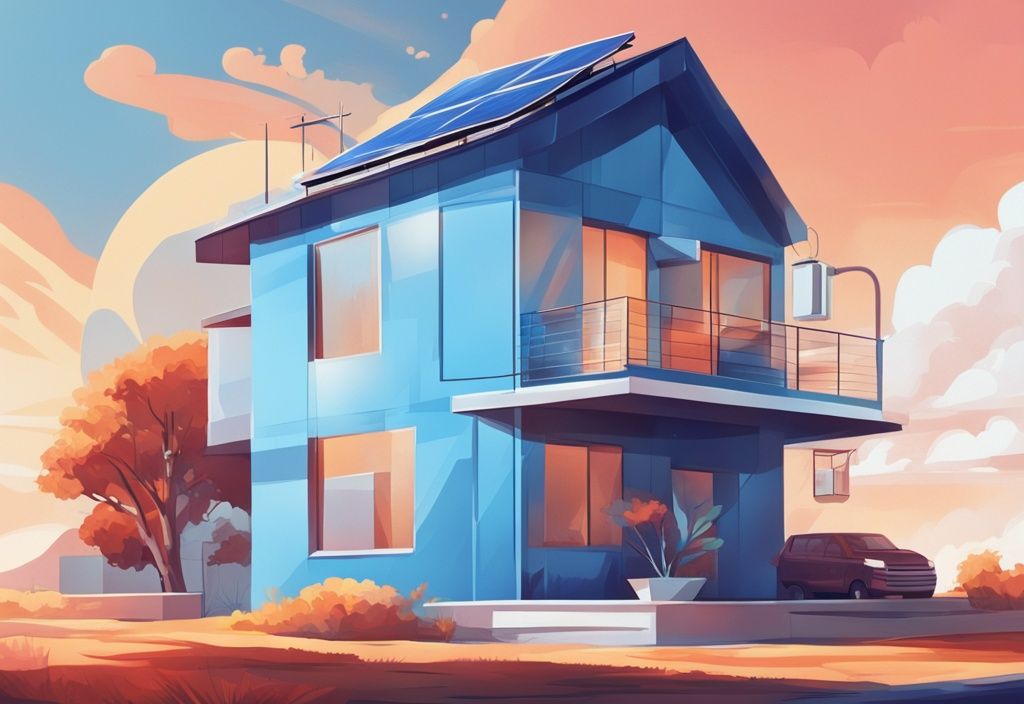
Understanding Solar Thermal Collectors
Solar thermal collectors are a key player in the world of solar powered air conditioning. They offer a fresh take on cooling, steering clear of those traditional, electricity-hungry systems. These clever devices soak up the sun’s energy and turn it into thermal energy. Not only is this process efficient, but it’s also a win for the environment, cutting down our reliance on fossil fuels and slashing carbon emissions.
Now, let’s break it down. The way solar thermal collectors work is pretty straightforward, yet they pack a punch. They grab solar radiation and convert it into heat. This heat then powers a process called absorption cooling. Think of it as using the sun’s warmth to run a fridge cycle, chilling the air without needing any electricity. It’s a fantastic option if you’re hunting for a sustainable and budget-friendly way to cool your home.
By tapping into solar thermal collectors, both homeowners and businesses can really cut back on electricity use during those sunny peak hours. This not only trims down the energy bills but also helps in making the planet a bit greener. As solar powered air conditioning systems keep advancing, the role of solar thermal collectors is bound to grow, offering even more efficient and flexible cooling solutions for all sorts of needs.
Different Types of Solar Powered Air Conditioning Systems
Solar powered air conditioning systems are a game-changer for cutting down on energy use and being kinder to our planet. These systems mainly come in two flavors: absorption chillers and solar mechanical systems. Each one taps into solar energy in its own way, offering distinct perks and uses.
Absorption Chillers
Absorption chillers are like the high-tech wizards of the solar powered air conditioning world. They use solar thermal energy to get the cooling job done. These systems shine brightest in big places like commercial buildings or factories. By using solar collectors to soak up sunlight and turn it into thermal energy, absorption chillers cool spaces efficiently without leaning too hard on electricity. This makes them a smart pick for mixing with systems you already have, offering a green and wallet-friendly cooling solution.
Solar Mechanical Systems
Now, let’s chat about solar mechanical systems. These guys use photovoltaic cells to power up traditional air conditioning units. They’re more of a household name because they’re easy to fit into residential setups. Photovoltaic cells work by turning sunlight straight into electricity, which then runs your standard AC units. This method lets homeowners tap into solar power effectively, cutting down on grid reliance and slashing energy bills. Solar mechanical systems are a practical and flexible choice for anyone wanting to bring solar powered air conditioning into their home sweet home.
Exploring Absorption Chillers
Absorption chillers are a fascinating piece of the solar powered air conditioning puzzle. They use solar thermal energy to keep things cool, making them a great fit for big places like commercial buildings and factories. These systems are all about being energy-efficient and eco-friendly, cutting down on electricity use and carbon emissions.
Now, let’s break down how these chillers work. Imagine a cycle where heat, provided by the sun, does the heavy lifting. This cycle uses a refrigerant and an absorbent—often water and lithium bromide. Solar thermal collectors soak up sunlight and turn it into heat. This heat then separates the refrigerant from the absorbent. The refrigerant, now a gas, gets condensed and evaporated, creating that refreshing cooling effect we all love.
One of the coolest things about absorption chillers is how easily they can fit into existing systems. This means businesses can upgrade to more sustainable cooling without having to start from scratch. Plus, you can pair these chillers with other renewable energy sources, which helps save even more on energy costs.
In a nutshell, absorption chillers are a key player in solar powered air conditioning. They offer a sustainable and efficient solution for large-scale cooling needs. By tapping into solar thermal energy, they help cut down on environmental impact and offer significant energy savings. It’s a win-win for businesses looking to go green and save some green.
Understanding Solar Mechanical Systems
Solar mechanical systems are a game-changer for solar powered air conditioning. They take advantage of photovoltaic cells to power up traditional AC units. You’ll often find these systems in homes where folks are keen on cutting down their energy use and making a positive impact on the environment.
Now, let’s break it down. At the core of these systems are photovoltaic cells. These little wonders convert sunlight straight into electricity. This juice powers your regular air conditioning units, meaning they can run without tapping into the grid when the sun’s shining. Not only does this slash your electricity bills, but it also reduces your dependency on non-renewable energy sources. It’s a win-win for both your wallet and the planet.
One of the best things about solar mechanical systems is their flexibility. They can easily hook up to your existing AC setup, offering an extra power source that takes some of the load off your traditional system. This adaptability is perfect for homeowners who want to boost their current systems without tearing everything apart.
Plus, these systems are designed with user-friendliness in mind. Many come with plug-and-play components, making installation a breeze. You can enjoy the perks of solar powered air conditioning with minimal fuss, which is great for anyone new to solar tech.
In a nutshell, solar mechanical systems provide a practical and adaptable solution for residential solar powered air conditioning. By harnessing the power of photovoltaic cells, they offer an efficient and eco-friendly way to keep your home cool, while also cutting down on energy costs and carbon footprints.
The Advantages of Solar Powered Air Conditioning
Solar powered air conditioning systems are changing the way we think about cooling our homes. From saving money to helping the environment, these systems offer a range of benefits that make them a smart choice for any homeowner. Let’s dive into the details.
Energy Efficiency and Cost Savings
Imagine slashing your electricity bills by using the sun’s energy. That’s what solar powered air conditioning systems can do. By tapping into solar panels during the day, these systems can run without relying on the grid. This means you could see your air conditioning costs drop by up to 50%. It’s like finding a hidden stash of savings in your monthly budget. Plus, you’re not just saving money; you’re also gaining energy independence.
Reducing Environmental Impact
Going solar isn’t just good for your wallet—it’s great for the planet too. Solar powered air conditioning systems use ozone-friendly refrigerants, which means they’re kinder to the earth. By cutting down on fossil fuel use, these systems help reduce carbon emissions. It’s a small change that contributes to a larger global effort to combat climate change. Choosing solar is like giving Mother Nature a helping hand.
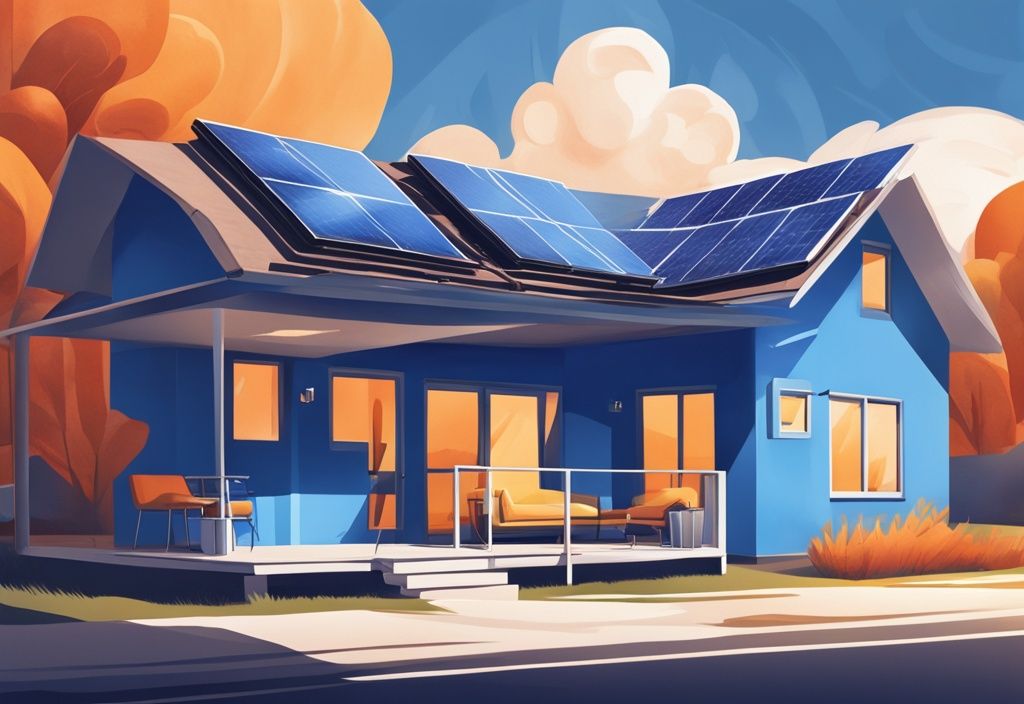
Flexibility and Off-Grid Capabilities
Now, here’s where things get really interesting. Solar powered air conditioners offer flexibility, especially in places where the grid isn’t reliable. Perfect for remote areas, these systems can operate independently, relying solely on solar panels during daylight. No need for batteries or inverters. It’s like having a trusty sidekick that keeps your home cool, even off the beaten path.
Investing in Solar Powered Air Conditioning: Is It Worth It?
Investing in solar powered air conditioning can be a game-changer for your home. From the initial setup to long-term savings, there are several factors to consider. Let’s dive into the details of what this investment entails and how it can benefit you.
Initial Investment and Installation Costs
When you first look into solar powered air conditioning, the upfront costs might give you pause. You’re mainly looking at the price of solar panels and the installation process. But here’s the kicker: while it might seem like a hefty sum at first, the benefits you’ll reap over time often tip the scales in your favor.
Thanks to modern advancements, setting up these systems has become much simpler. Many homeowners find they can handle the installation themselves, with systems designed for easy DIY setup. This means you won’t need to shell out big bucks for professional help. Plus, there’s something empowering about taking charge of your own energy solutions, isn’t there?
Long-Term Savings and Government Incentives
Now, let’s talk about the real treasure trove—long-term savings. By tapping into solar energy, you can slash your electricity bills significantly. Over time, these savings really add up, making a noticeable difference in your wallet.
And here’s another cherry on top: government incentives. There are tax credits and rebates up for grabs that can ease the initial investment burden. These incentives make solar powered air conditioning not just an eco-friendly choice but a financially savvy one too. When you combine these financial perks with the environmental benefits, it becomes clear that this investment is a smart move for anyone keen on reducing both their carbon footprint and energy expenses.
Installation and Maintenance of Solar Powered Air Conditioning
Solar powered air conditioning systems are becoming increasingly popular for their eco-friendly and cost-effective benefits. This section covers practical tips for installing these systems yourself and how to maintain them for long-lasting performance.
DIY Installation Tips
Installing a solar powered air conditioning system might sound daunting, but it can be quite straightforward, especially if you’re familiar with traditional mini-split systems. The main twist is integrating those solar panels. Many of these systems come with user-friendly features, like plug and play connectivity. This means you can often just connect the system using MC4 connectors directly to the photovoltaic (PV) wires. It’s a bit like assembling a piece of IKEA furniture—just follow the instructions, and you’re good to go.
With the right tools and a bit of patience, you can set up your solar air conditioning system and start harnessing the sun’s power efficiently. Remember, every step you take is a step towards a more sustainable home.
Maintenance and Lifespan
Solar powered air conditioning systems are built tough. They’re designed to handle all sorts of weather, which means they require minimal maintenance. But, like any good machine, a little care goes a long way. Regular maintenance involves simple tasks, like cleaning the solar panels to ensure they’re soaking up as much sun as possible. Also, check that all connections are tight and secure.
These systems are often certified to meet safety and performance standards, so you can rest easy knowing they’re reliable. With some basic upkeep, your solar powered air conditioning unit can serve you well for many years. It’s a smart choice for anyone looking to reduce their carbon footprint without sacrificing comfort.
Challenges and Limitations of Solar Powered Air Conditioning
Dependence on Sunlight
Solar powered air conditioning systems have a bit of a love affair with the sun. They rely heavily on sunlight to do their job well. On bright, sunny days, these systems hum along nicely, soaking up the rays to keep your home cool. But when clouds roll in or night falls, they might need a little help from the grid to keep things comfortable. This can be a bit of a pickle in places where the sun likes to play hide and seek, like during long winter nights or in regions with frequent overcast skies.
To keep the cool air flowing no matter the weather, many folks opt for hybrid systems. These clever setups can switch between solar and grid power, ensuring you’ve got a steady stream of energy, come rain or shine.
Space Requirements for Solar Panels
Now, let’s chat about space. Solar panels need room to stretch out and catch those sunbeams. This can be tricky in bustling urban areas where rooftops are crowded or overshadowed by taller buildings. If your home has a quirky roof design or is nestled under a canopy of trees, fitting enough panels can be a real head-scratcher.
But don’t worry, there are some creative solutions out there. Some folks are experimenting with vertical installations or even integrating panels into building facades. These options can help squeeze more solar power into tight spaces, though they might come with extra costs and technical hurdles. It’s a good idea to take a close look at your property and see if it’s a good fit for solar installations before diving in.
The Future of Solar Powered Air Conditioning
The world of solar powered air conditioning is evolving rapidly, with exciting advancements and growing interest from all corners. From cutting-edge technology to market trends, there’s a lot to unpack in this promising field.
Technological Advancements
Let me tell you, the tech behind solar powered air conditioning is nothing short of fascinating. Researchers are busy bees, working on new photovoltaic materials that are like super sponges for sunlight. These materials boost the energy output from solar panels, making systems more efficient and affordable. It’s like upgrading from a bike to a sports car in terms of energy capture.
And that’s not all. Solar thermal collectors are getting a makeover too. They’re now better at turning sunlight into thermal energy, which means your solar AC system will run smoother and cooler. As these technologies continue to evolve, we’re looking at systems that are not just reliable but also versatile enough to meet all sorts of cooling needs.
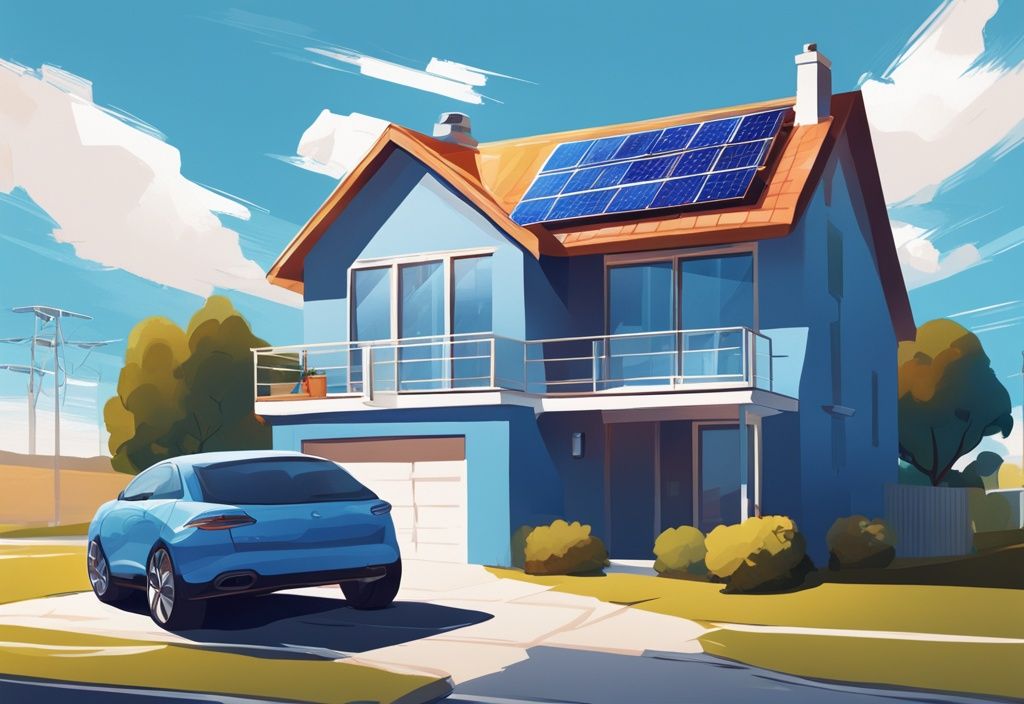
Market Demand and Trends
Now, let’s talk about the buzz in the market. More folks are jumping on the solar powered air conditioning bandwagon, and it’s not hard to see why. With energy costs climbing and a growing awareness of our planet’s health, people are eager for sustainable solutions.
Homeowners and businesses alike are finding that solar powered AC systems are a win-win. They offer long-term savings and a smaller carbon footprint. Plus, with government incentives sweetening the deal, it’s becoming a no-brainer for many. This shift towards renewable energy is only gaining momentum, setting the stage for solar powered air conditioning to become a staple in cooling solutions.
Real-World Applications of Solar Powered Air Conditioning
Solar powered air conditioning isn’t just a futuristic concept—it’s happening right now in homes and businesses across the globe. These systems are changing the game by offering a sustainable, cost-effective way to keep cool. Let’s dive into how folks are making the most of this technology.
Successful Implementations in Homes
Imagine kicking back in your living room, knowing that the cool air swirling around you is powered by the sun. That’s the reality for many homeowners who have embraced solar powered air conditioning. Take, for example, a family in Arizona. They decided to install a solar air conditioning system and saw a whopping 40% drop in their energy bills during those scorching summer months. By pairing photovoltaic panels with their current HVAC setup, they’ve hit the jackpot in energy efficiency and comfort. It’s a win-win, really—saving money and doing right by the planet. These success stories highlight why solar powered air conditioning is catching on with eco-conscious folks looking to make a difference.
Commercial Use Cases
Now, let’s talk business. Companies are jumping on the solar bandwagon, too. They’re not just cutting costs; they’re slashing their carbon footprints. Picture a bustling shopping mall in California that decided to go solar with a hybrid air conditioning system. The result? A 30% cut in annual energy costs. That’s not just good for the bottom line; it’s a big thumbs-up for sustainability. Plus, it makes the mall a magnet for environmentally-aware shoppers. By tapping into solar technology, businesses are not only saving big bucks but also paving the way for a greener future.
Conclusion
Solar powered air conditioning is a game-changer in the world of cooling and heating. By tapping into the sun’s abundant energy, these systems offer sustainable and cost-effective solutions. They combine photovoltaic cells and solar thermal collectors to power air conditioning units, cutting down significantly on electricity consumption and environmental impact. Hybrid systems add an extra layer of flexibility, allowing you to switch between solar and grid power seamlessly.
Beyond energy efficiency and saving money, solar powered air conditioning plays a big role in making our planet greener. They help reduce carbon footprints and lessen our dependence on fossil fuels. Plus, their off-grid capabilities make them perfect for remote areas and energy-efficient projects, providing cooling without needing a constant grid connection.
Investing in solar powered air conditioning is a smart move. It promises long-term savings and is often supported by government incentives to help with initial costs. Sure, there are challenges like the need for sunlight and space for solar panels, but technology is advancing. These improvements are making solar powered air conditioning a more viable option for homes and businesses alike.
As energy costs rise and environmental concerns grow, the demand for solar powered air conditioning is only going up. It’s becoming a standard in modern cooling solutions. Successful installations around the globe show its potential to revolutionize how we cool our spaces, paving the way for a sustainable and energy-efficient future.
Frequently Asked Questions
Get ready to dive into some common questions about solar powered air conditioning. Whether you’re curious about savings, functionality, or government incentives, I’ve got you covered with straightforward answers.
How much can I save with solar powered air conditioning?
Imagine slashing your air conditioning costs by up to 50%! That’s what many folks experience with solar powered systems. Of course, your actual savings will depend on factors like the size of your system and local energy rates. It’s like getting a discount on comfort.
Is solar powered air conditioning suitable for all climates?
You bet! These systems are champs in a wide range of temperatures, from a chilly -10℃ to a scorching 58℃. Even with low sunlight, they can keep your home cozy or cool. It’s like having a trusty friend who never lets you down, no matter the weather.
What are the main components of a solar powered air conditioning system?
Think of it like a team working together. You’ve got the photovoltaic cells, solar thermal collectors, and the air conditioning unit. Some setups even include inverters and battery storage, especially in hybrid systems. It’s a well-oiled machine, each part playing its role to perfection.
Can I use solar powered air conditioning with existing systems?
Absolutely! Solar air conditioners can team up with your current setup, easing the energy load and cutting costs. It’s like adding a new player to your team who boosts everyone’s performance.
Are there any government incentives for installing solar powered air conditioning?
Many governments are cheering for renewable energy, offering tax credits and rebates. These incentives can make your initial investment much lighter on the wallet. It’s like getting a pat on the back for going green.
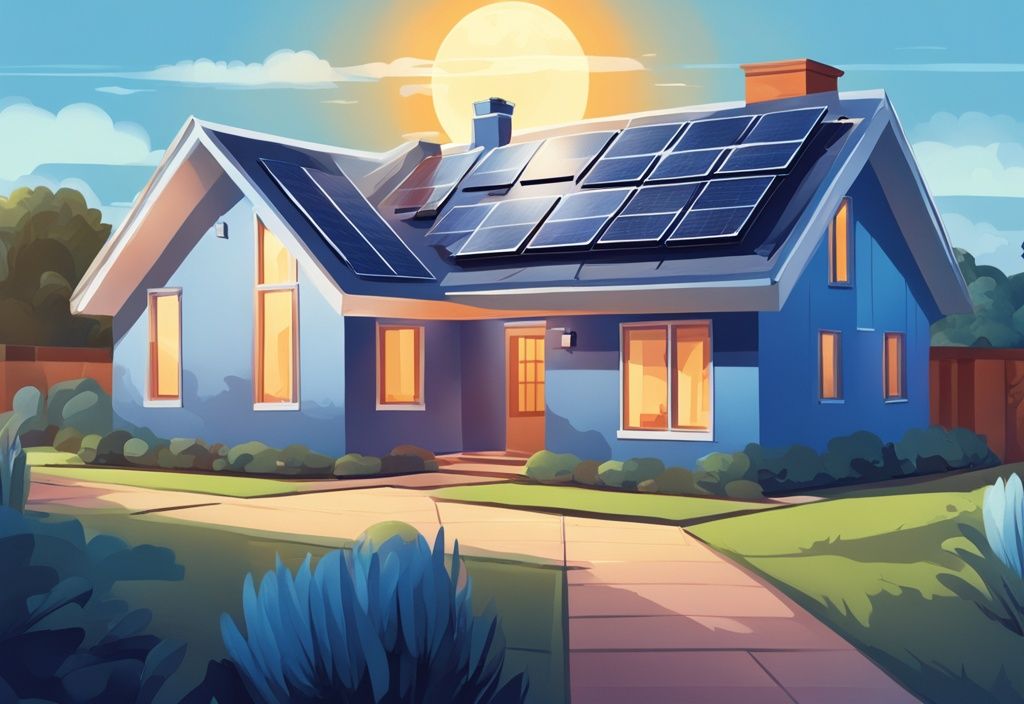
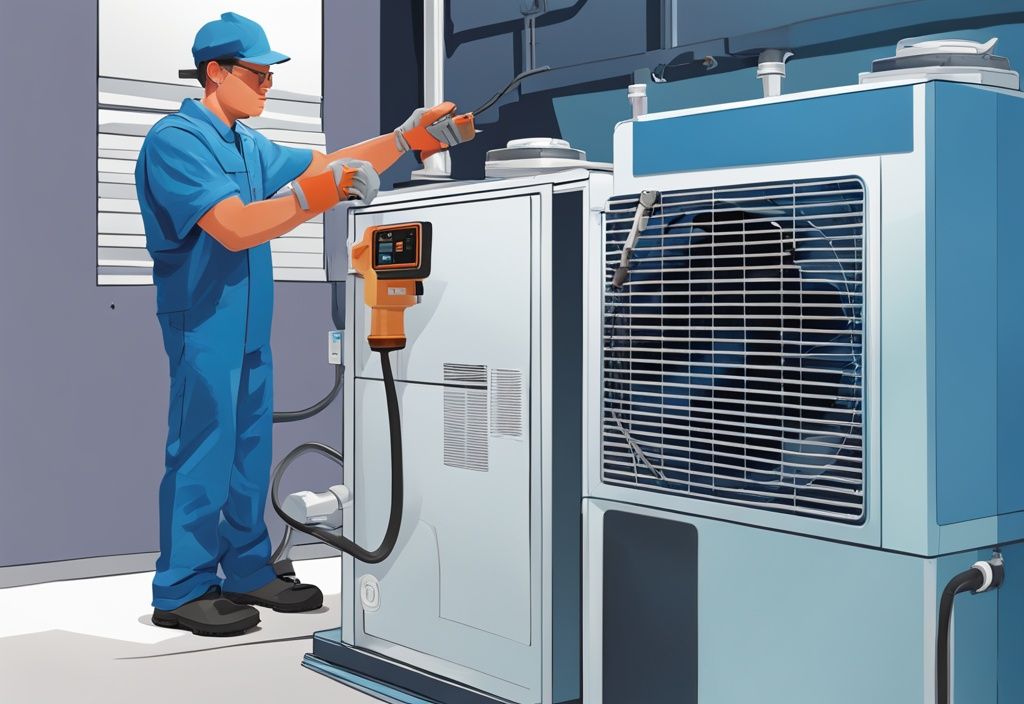

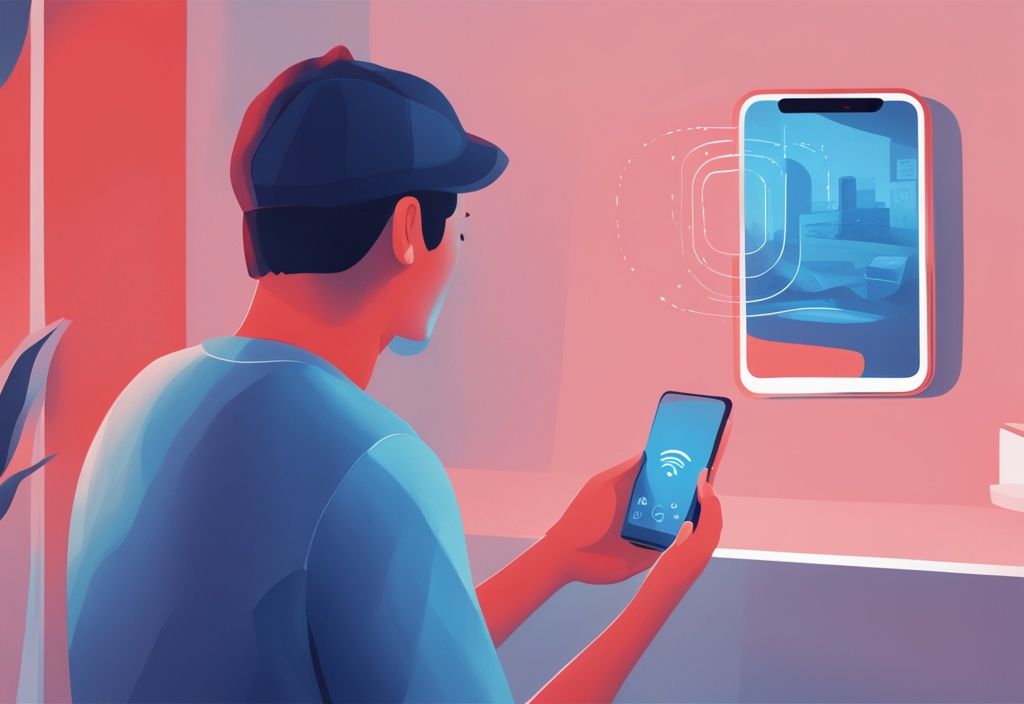
Post Comment